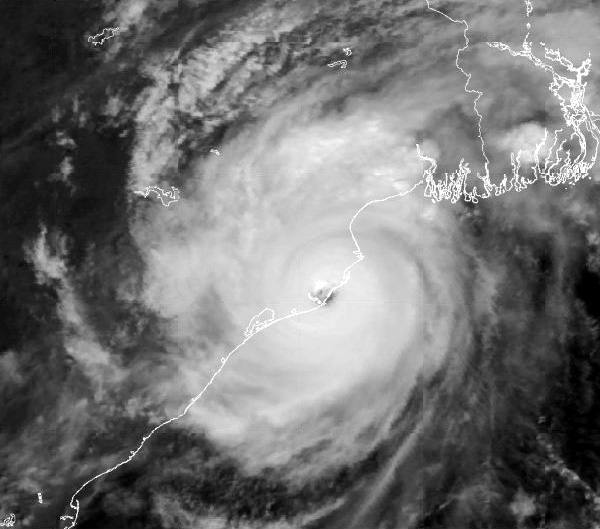
On October 29, 1999, a Super Cyclonic Storm struck near the city of Bhubaneswar in the Indian state of Odisha. The day before it had become the strongest cyclone on record in the North Indian Ocean when its maximum sustained winds peaked at 140 kt (260 km/hr). It also became the deadliest Indian cyclone since the Bhola cyclone 29 years before.
The storm began as a disturbance in the West Pacific, but did not organize into a depression until it moved over the Malay peninsula into the Bay of Bengal. There, it steadily strengthened as it moved on a northwest course across the Bay. It rapidly intensified to its peak a day before landfall, but its winds slightly decreased to 135 kt (250 km/hr) as it came ashore. It brought a 26 foot (8 m) storm surge to the Odisha coast and dumped torrential rains on the area as the cyclone stalled shortly after landfall. This caused the greatest flooding to the area seen in the last century. A blocking high-pressure ridge to the north forced the storm back over the Bay where it finally dissipated.

Despite the evacuation of tens of thousands of families from the shore, over 9,800 people died in this cyclone. Many drowned in the storm, but substantial numbers were lost to disease and starvation in the aftermath. Crops throughout the province were destroyed, 405,000 livestock animals perished, and millions of trees were uprooted. 275,000 homes were damaged and over a million and a half people were left homeless. Total financial damage is estimated to be US$4.5 billion.